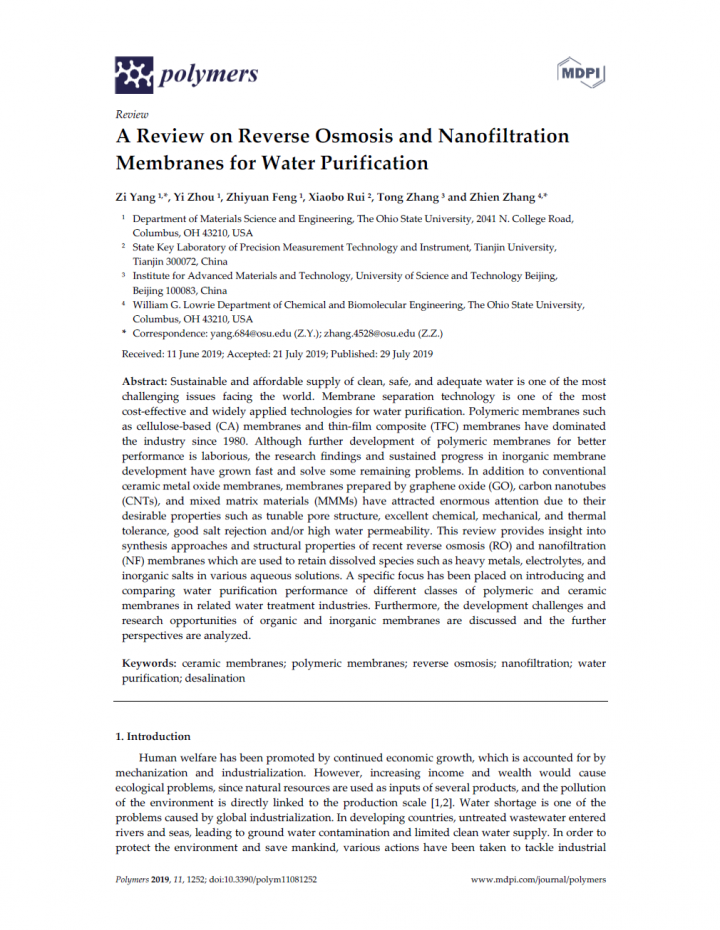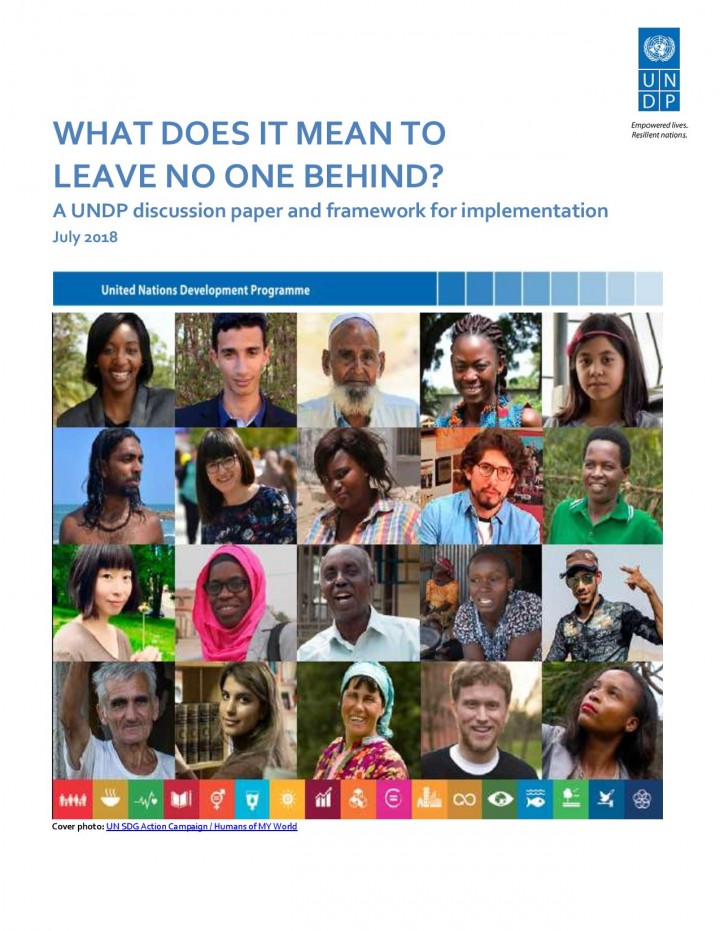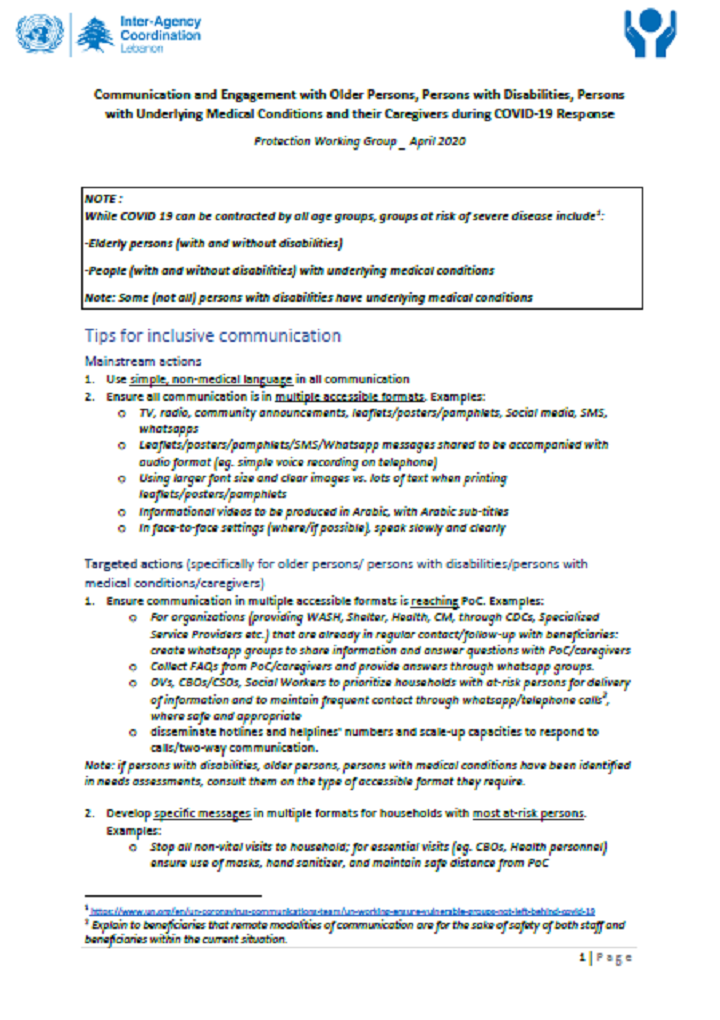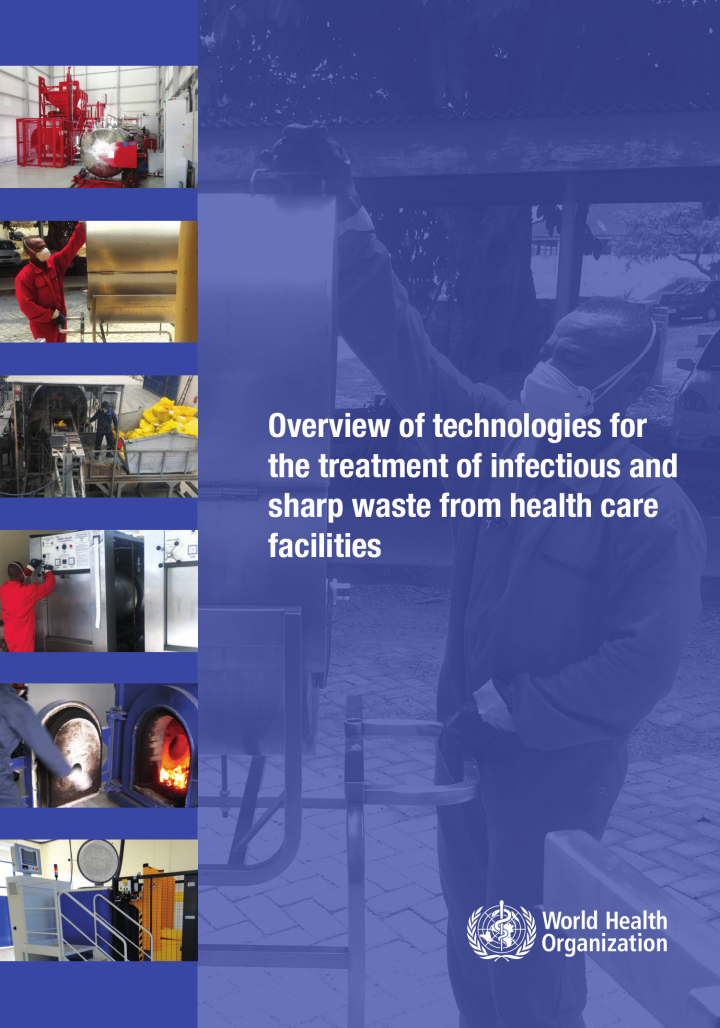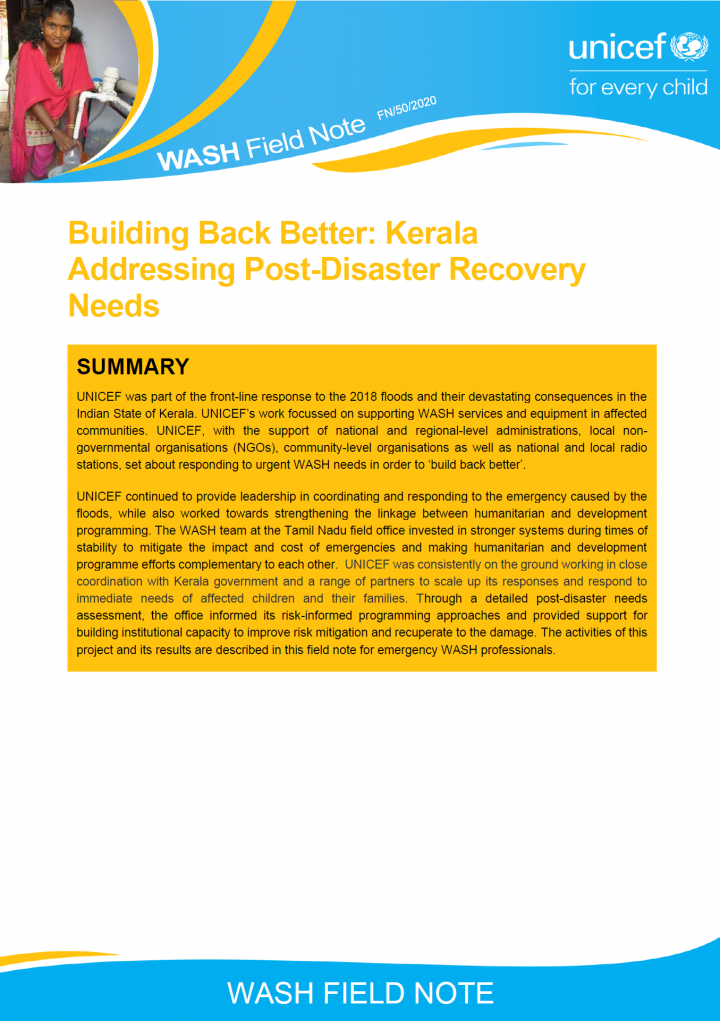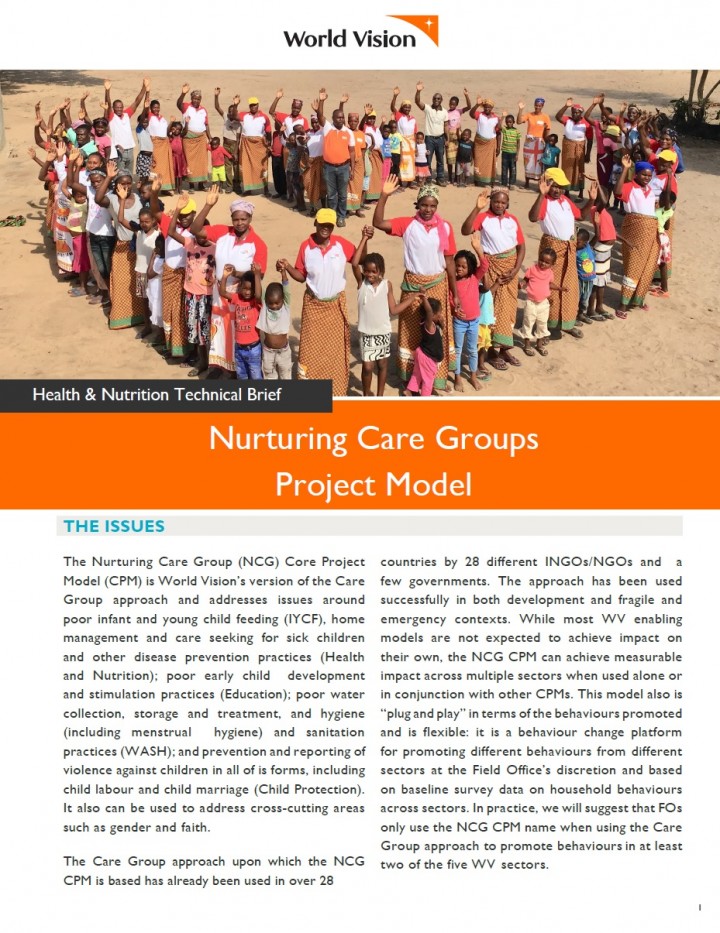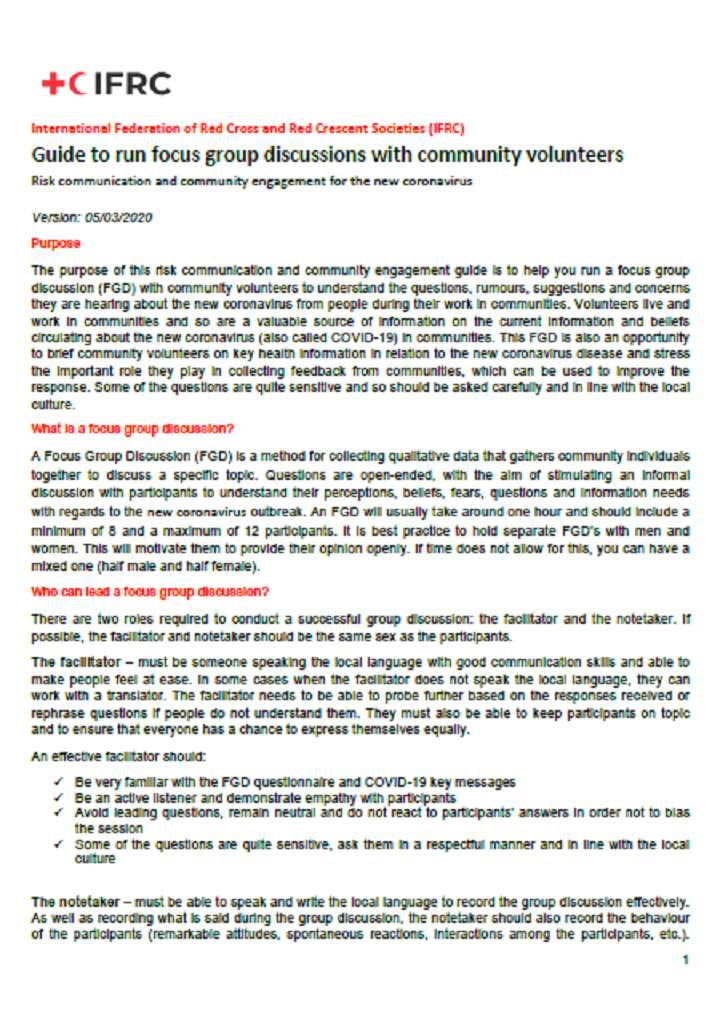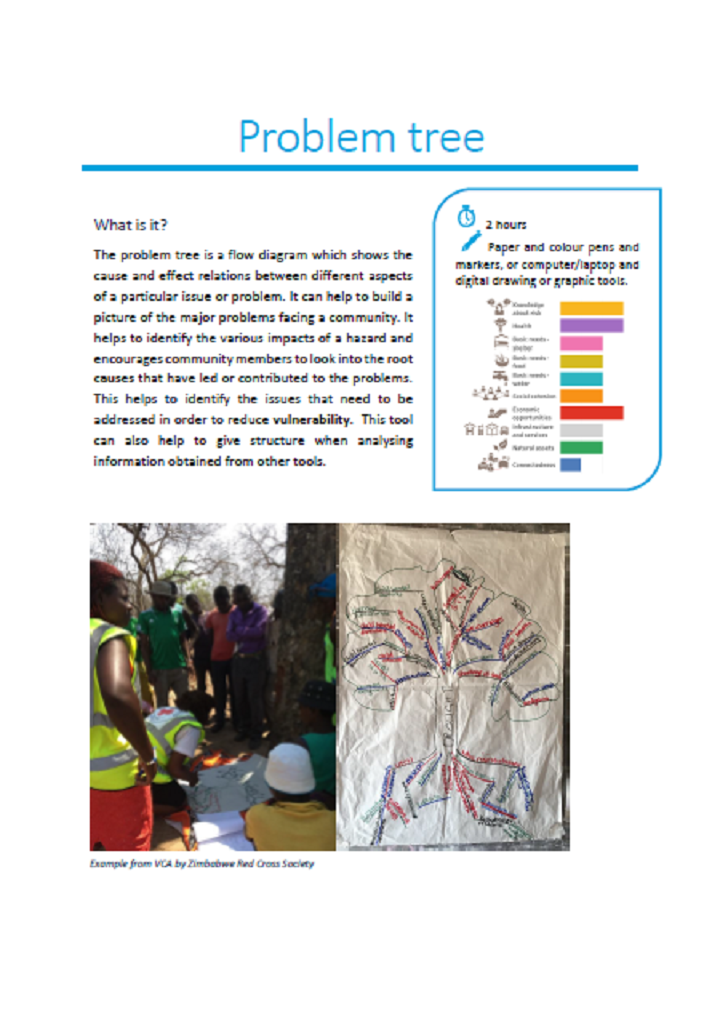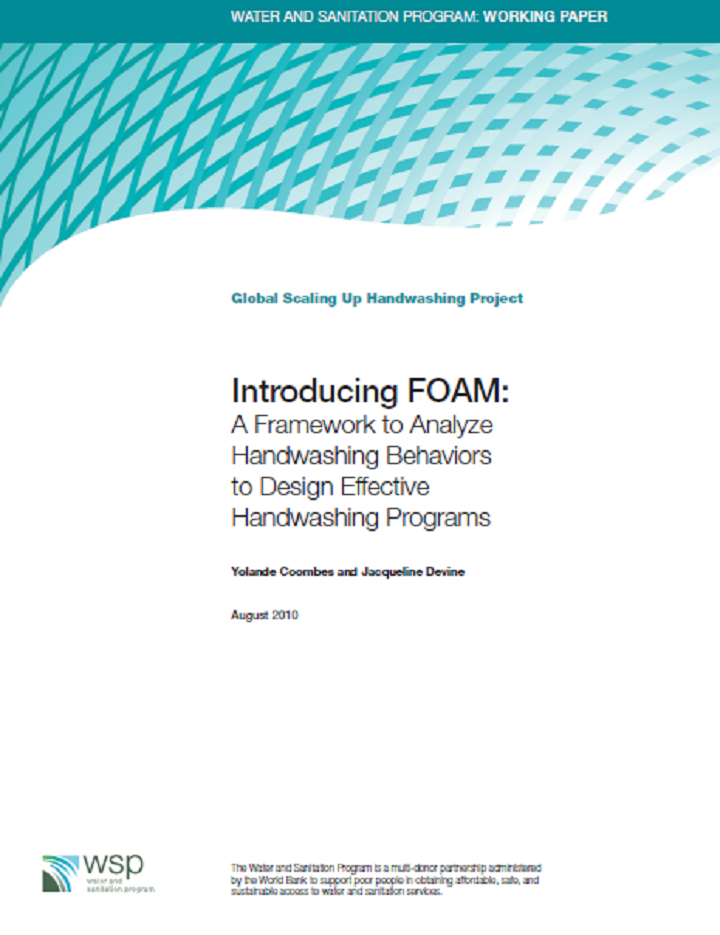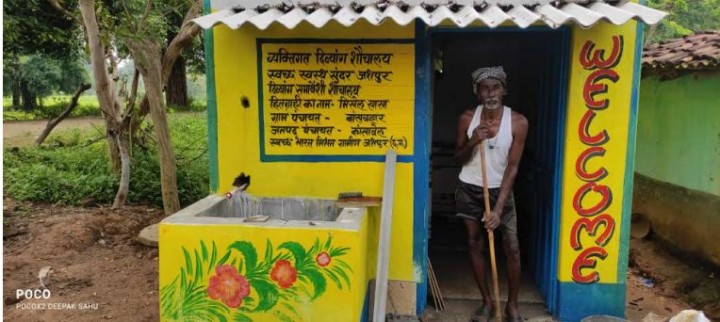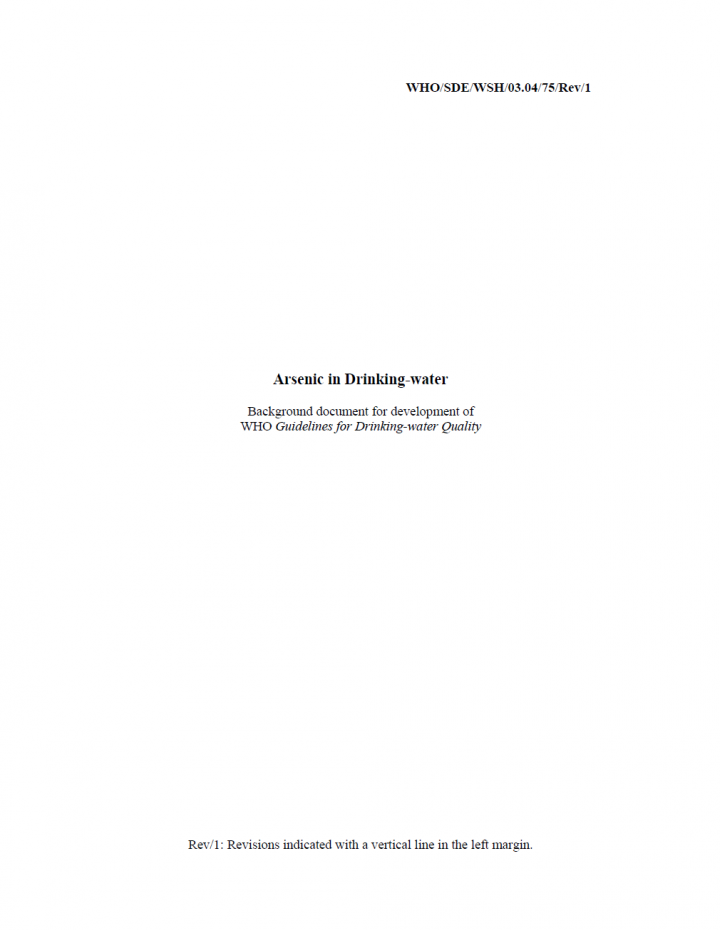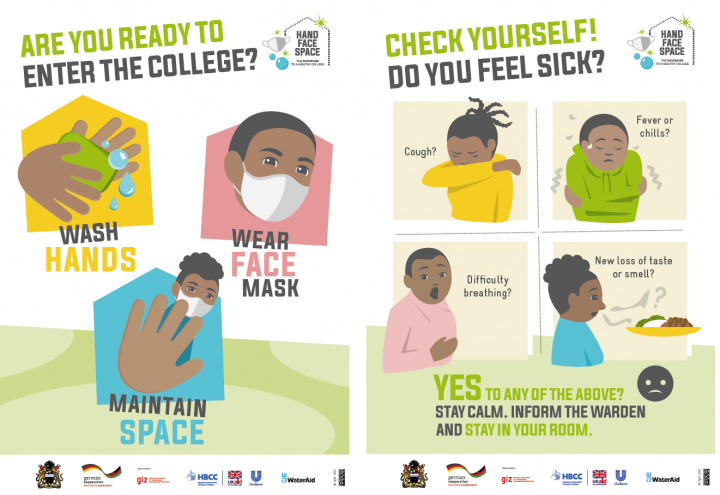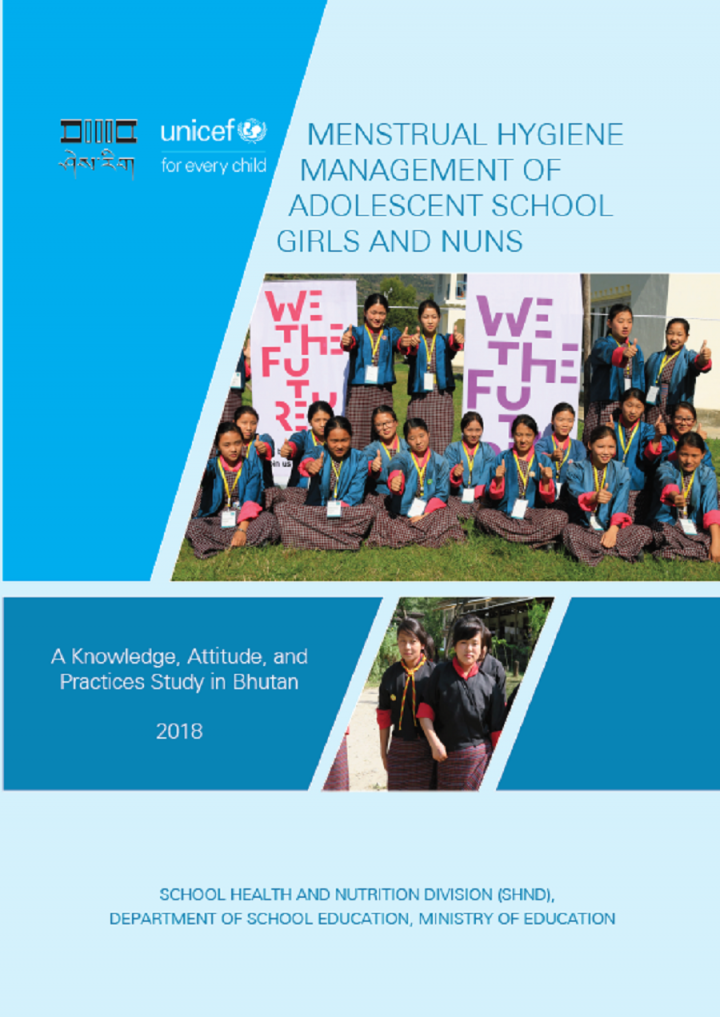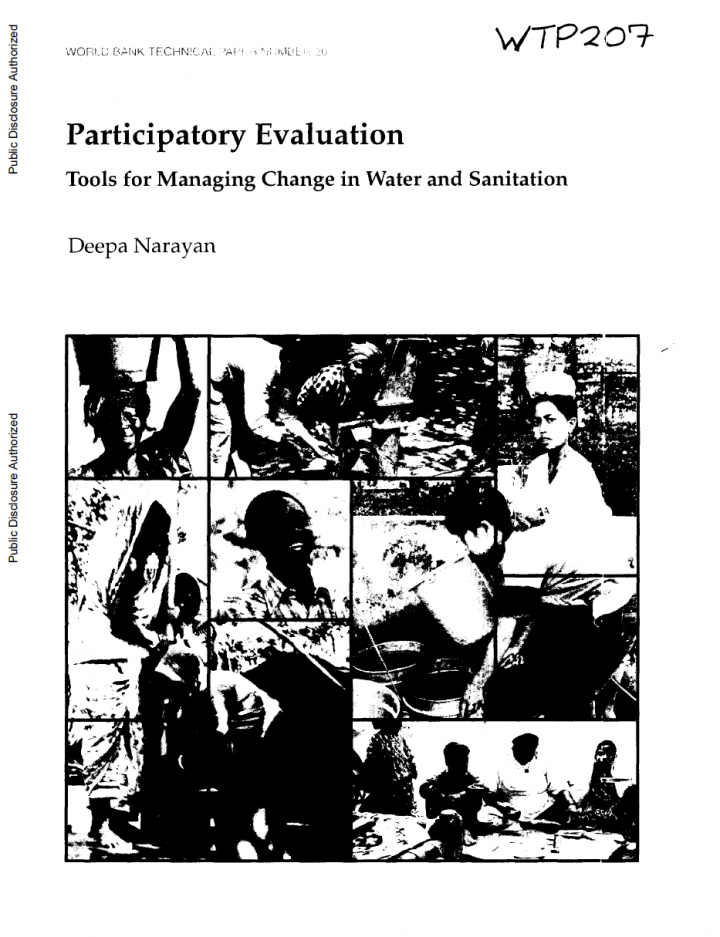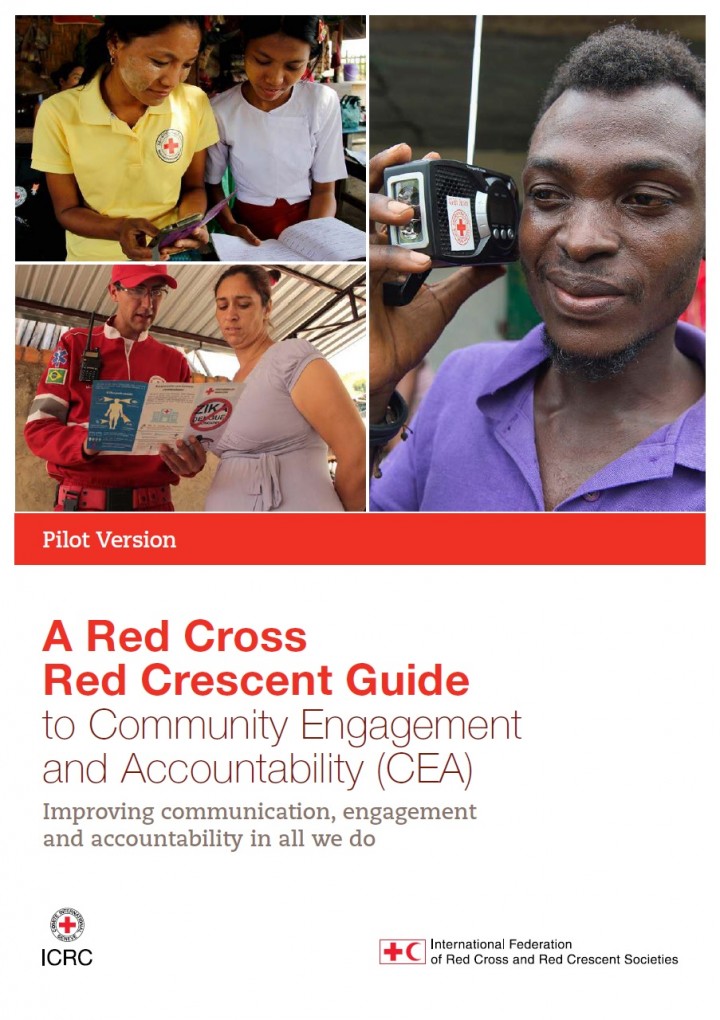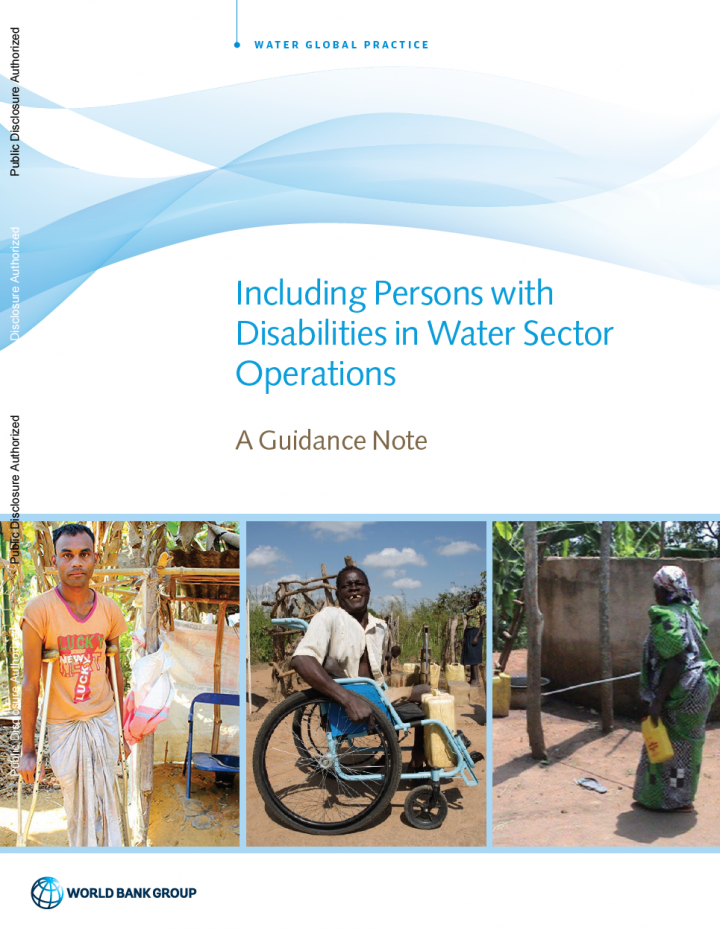Searching for information on Sanitation Workers?
The Sanitation Workers Knowledge + Learning Hub is the best source for all current news, trends, articles and updates on sanitation workers rights around the world.
Sustainable and affordable supply of clean, safe, and adequate water is one of the most challenging issues facing the world. Membrane separation technology is one of the most cost-effective and widely applied technologies for water purification. Polymeric membranes such as cellulose-based (CA) membranes and thin-film composite (TFC) membranes have dominated the industry since 1980. Although …
With the adoption of the 2030 Agenda, UN Member States pledged to ensure “no one will be left behind” and to “endeavour to reach the furthest behind first”.
This paper advances a framework that governments and stakeholders can use to act on their pledge in a way that enables and accelerates progress to achieve the Sustainable Development Goals (SDGs). It also seeks to inform the manner …
Current estimates based on a limited number of modelling studies suggest that globally some 9-10 million tonnes of plastics enter the oceans annually to become marine litter. Moreover, it is estimated that 15-20% of all plastics are entering oceans via riverine ecosystems of which 90% are contributed by 10 of the world’s most polluting rivers only. Two of these rivers are located in India, …
Safe health care waste management, including segregation, collection, transport, treatment and waste disposal, is fundamental to wider efforts to provide safe and quality health care. Safe health care waste management practices also support a number of the UN Sustainable Development Goals (SDGs), including Goal 3 on health, Goal 6 on safely managed water and sanitation, Goal 7 on climate change …
Jayaprithvi Municipality is situated in the hilly region of the southeast of Bajhang District, which is situated in the northern region of Nepal's far western. The former Rithapata, Chainpur, Hemantabada, Luyanta, and Subeda Village Development Committees were merged to form this municipality on 10th March 2017. The municipality is divided into eleven political wards. The municipality has a total …
UNICEF was part of the front-line response to the 2018 floods and their devastating consequences in the Indian State of Kerala. UNICEF’s work focussed on supporting WASH services and equipment in affected communities. UNICEF, with the support of national and regional-level administrations, local non-governmental organisations (NGOs), community-level organisations as well as national and local …
This learning document is a collection of experiences from Red Cross Red Crescent National Societies in menstrual hygiene management (MHM). Experiences from both emergency contexts and long-term programming are included. The aim is to give practical “how to” recommendations, tips that National Societies have learnt, and tools developed through implementing MHM programmes which others can …
The purpose of this risk communication and community engagement guide is to help you run a focus group discussion (FGD) with community volunteers to understand the questions, rumours, suggestions and concerns they are hearing about the new coronavirus from people during their work in communities. Volunteers live and work in communities and so are a valuable source of information on the current …
The FOAM (Focus on Opportunity, Ability, and Motivation) is a framework designed to help in the development, monitoring, and evaluation of handwashing behavior change programs. FOAM was developed for use in resource-poor settings, but it can also be adapted for other socioeconomic environments. This working paper is intended for use by program managers implementing handwashing behavior change …
Wherefrom do we get data on the sanitation status in cities and countries and what qualities do these data need to have to be relevant either for JMP reporting or to be used in developing an SFD for a given city?
Against this background, the comparison of methods for excreta flow analysis gives an overview on the focus, purpose, methodologies, outputs and definitions of two approaches. On the …
During the preparation of background documents and at expert meetings, careful consideration was given to information available in previous risk assessments carried out by the International Programme on Chemical Safety, in its Environmental Health Criteria monographs and Concise International Chemical Assessment Documents, the
International Agency for Research on Cancer, the Joint FAO/WHO …
Cholera outbreaks occur almost every year during the monsoon season in Nepal. The 1.3 million people living in the Kathmandu Valley are some of the most affected and vulnerable in the country. The earthquakes in 2015 caused massive population displacement and increased the potential for an outbreak as a result of the widespread destruction of water supply infrastructure and sanitation facilities. …
In this report, we explore the question of how scarce public resources can be used most effectively to achieve
universal delivery of WSS services. To inform our discussion, we analyze subsidies in the sector, including
their magnitude, their efficacy in achieving their policy objectives, and the implications of poor design. We then provide guidance to policy makers on how subsidies can be …
There is now widespread recognition that participatory development-involvinig users and communities in all stages of the development process-is critical for achieving sustained benefits. By responding to felt needs, and by involving stakeholders intimately in all aspects of a program, participatory development creates "ownership," accountability, and a willingness on the part of users to manage …
Community engagement and accountability (CEA) is an approach to Red Cross and Red Crescent programming and operations. It is supported by a set of activities that help put communities at the centre of what we do, by integrating communication and participation throughout the programme cycle or operation.
CEA is the process of and commitment to providing timely, relevant and actionable life-saving …
Globally, more than a billion people—approximately 15 percent of the world’s population, or one in seven persons—have disabilities. Of those, 80 percent live in developing countries. This number is expected to increase as the prevalence of disability is impacted by disease, war and conflict, natural disasters, and road traffic injuries, among other factors. In addition, persons over the age …


